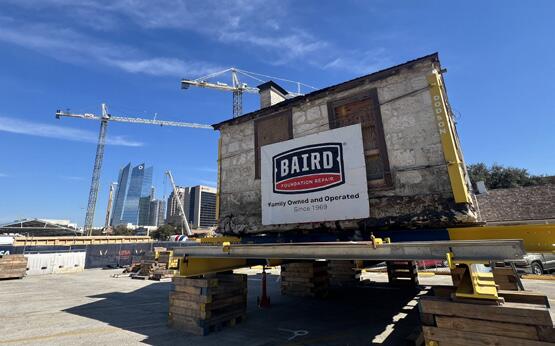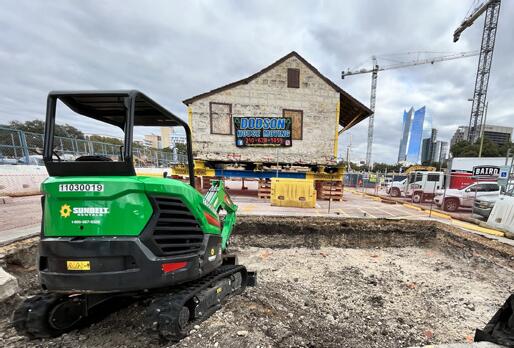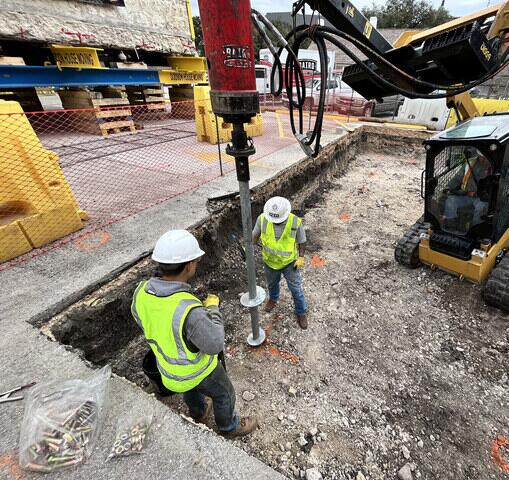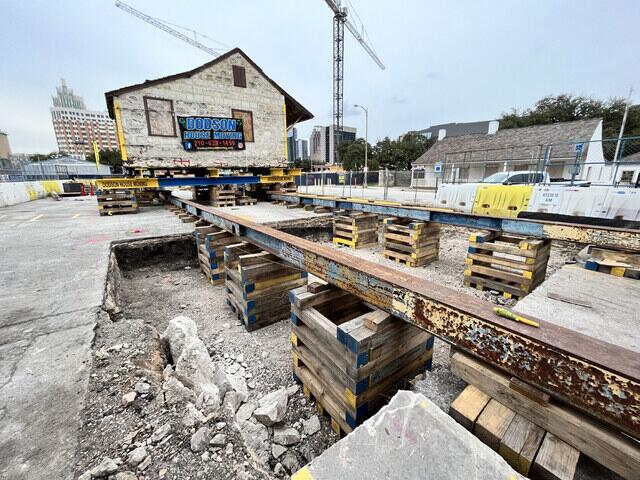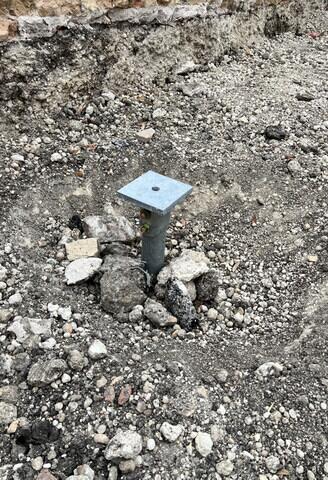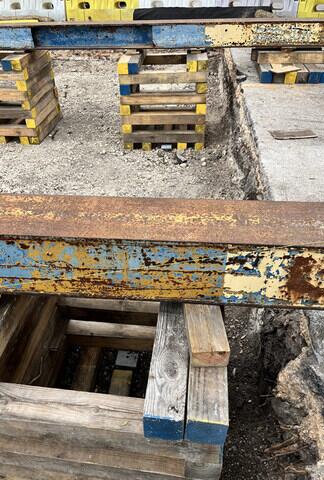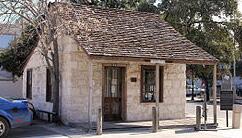O. Henry House Relocation
Challenge
The O. Henry House is a two-bedroom house built in 1855 by John Kush. The home was constructed with adobe brick walls and wood frame floor and ceiling. From 1883 to 1885, the house was occupied by a famous American writer who used the pen name O. Henry. Originally located at 904 Presa Street in San Antonio, Texas, the house was relocated about a mile away to the Lone Star Brewing company property in 1959 where it was restored and made part of the Buckhorn Museum. After the Buckhorn Museum was closed, another relocation was required in 2024, to what is hoped to be its permanent location about a block away, next to the Casa Navarro State Historic Site. After the move, the house would have the unique distinction of having three addresses in its lifetime.
A geotechnical investigation at a property adjacent to the new location showed about 4.5 to 8.5 feet of uncontrolled fill underlain by stiff to very stiff clay. Given the possible presence of uncontrolled fill at the new location, a deep foundation system was recommended. Based on the structure loading requirements, thirteen support locations were planned for the foundation support and two support locations were for the porch. The construction also required a method to level the house at each support location prior to placing concrete at the deep foundation pile caps.
Solution
Helical piers were chosen as the preferred deep foundation alternative given the low mobilization costs, the ability to work in confined locations and the verification of capacity during installation by monitoring torque. The design included 15 pile cap locations with one helical pile per cap. The helical pile service compression loads were 20 kips and a minimum factor of safety of 2.5 was specified. The helical pile design included the Model HP288 (2.875- inch O.D. by 0.276-inch wall thickness) shaft with an 8”-10” helix plate configuration. The helical piers were installed to an average depth of 9.7 feet below existing grade with final installation torques of 6,400 ft-lb or more for torque correlated capacities greater than 50 kips. The structure was moved to its final location using a rail system supported by cribbing above the helical piers. Once the structure was leveled, the concrete pile caps were poured, and the foundation loads were transferred to the helical piers. Flowable fill was used below the structure to fill any voids. The project took two days to complete.
Project Summary
Structural Engineer: Datum Engineering
Geotechnical Engineer: Terracon
Moving Contractor: Dodson House Moving
Helical Pier Designer: Stark Foundations
Helical Pier Installer: Baird Foundation Repair
Products Installed: (15) Foundation Supportworks® Model 288 Helical Piers, Service Compression Loads of 20 kips, Installed Average Depth of 9.7 feet


